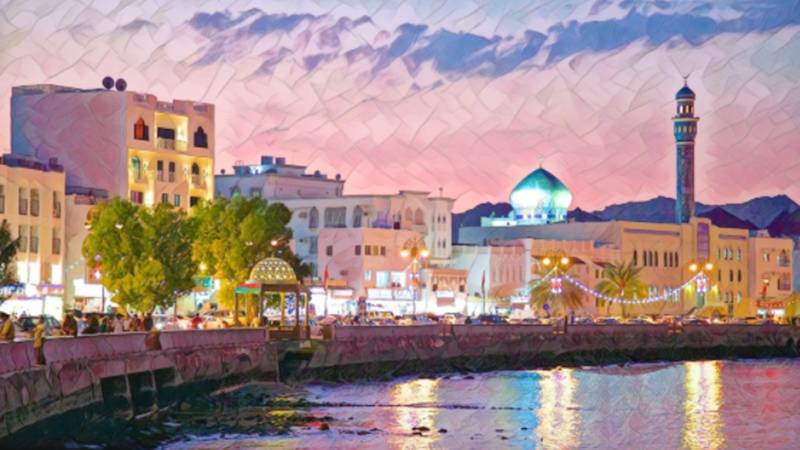
Whether it be the distinctive Omani tradition of Ardhah, where locals exhibit great skills in dealing with and taming horses and camels, or the preservation of traditional architectural marvels, Oman’s tourism industry fosters pride in preserving and appreciating its cultural heritage for future generations. Today Oman aspires to develop its tourism industry as a relatively sustainable economic sector, equally attractive to both domestic tourists and for visitors from all over the world. Oman acknowledges the crucial connection between heritage and tourism, and consequently, over a period of time, it has used this as an effective tool to boost the promotion of its cultural traditions and historical landmarks.
Encapsulated with enriched guided tours across historical villages, forts and museums, Oman’s tourism sector is gleaming with vibrant growth and exceptional revenues. Tourists are amazed by iconic artefacts while visiting some truly spectacular museums which unfold fascinating stories of the past, enabling the tourists to visualise a life once lived. Oman’s picturesque ancient villages and its historical sites have been meticulously preserved to maintain their cultural heritage. Oman’s diverse terrain offers foreign tourists to soak in the ambience of ancient timeless forts tucked away in the jagged mountains, winding alleys of the ancient townlets and the company of beautiful date palms swaying in the wind.
The 400-year-old town of Hamra boasts of possessing some of the oldest preserved houses in Oman, whereas Wakan is well known for its traditional architecture, especially watchtowers. At the same time, it is hard to resist the tempting call of the phenomenal village of Misfat al Arbayeen, which is famous for its Falaj system of irrigation. This Falaj system has been listed among UNESCO’s World Heritage sites and is one of the hydrological wonders of the world. The ministry of regional municipalities and water is responsible for its maintenance and carries out regular monitoring.
One of the most important discoveries in Arabian archaeology in recent years is regarded as that of the Wadi Shab tombs. Dating from the Bronze Age, these stone towers, which are the final resting place of local leaders, have survived an excellent condition. The government of Oman has also gone to great lengths in order to preserve these ancient burial sites which are the reminders of mortuary practices of the coastal neolithic groups of Oman.
The timeless forts of Oman are another uncompromisable tourist destination and have enchanted visitors in myriad ways. The Muttrah Fort is one of the most visited sites in Oman and offers a commanding view overlooking the Muttrah corniche. Besides the Muttrah Fort, various other ravishing forts are dotted all around Oman. Their impressive defensive architecture, historic gates, arches and cannon galleries are a precious evidence of Oman’s rich cultural heritage.
The conscientious effort to restore and revive these forts and castles highlights the government of Oman’s vision of appreciating its rich culture and unique heritage. As American conservationist Mollie Beattie said, “What a country chooses to save is what a country chooses to say about itself.”

